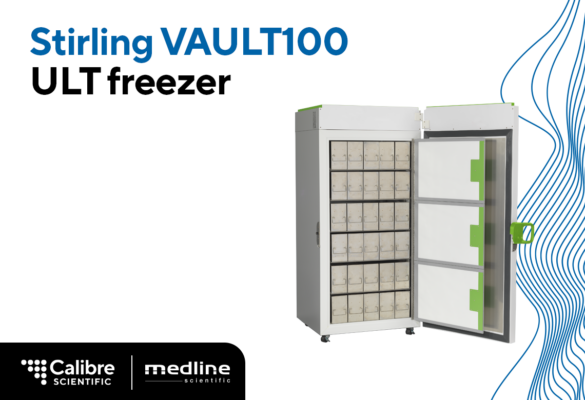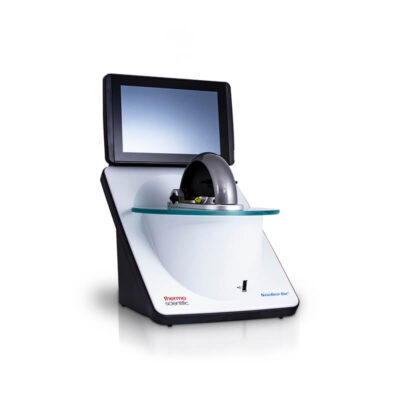WHEN IT COMES TO THE DRYING PROCESS, A VITAL PIECE OF EQUIPMENT IN ANY LABORATORY IS THE VACUUM OVEN. EXPLORE THE SCIENCE BEHIND VACUUM OVENS.
Scientific research involves a lot of trial and error. It also involves a necessity to solve sometimes contradictory problems. Simple solutions are tossed from the outset when the tried and true method becomes part of the problem.
Case in point, a vacuum oven finds use where drying is needed but heating is out of the question. Likewise for situations where friction from moving air will ruin a sample or a process.
When you need to dry a sample, a microchip, or a preparation, the only real solution is to move the liquid out without changing the substance irrevocably. For this complicated set of problems, the forces of hydrostatic pressure get a workout.
Read on to learn how labs use physical principles to get around these tough problems.
VACUUM OVEN USES
There are two major reasons to use a vacuum oven for drying purposes in a laboratory setting.
The first is to avoid the problems that come with other forms of drying. Heat is the enemy of a variety of different volatiles and biological samples. Oxidation from oxygen introduces in the drying process can also lead to decreased longevity or critical errors in some objects.
Second, when working with biological or bioactive substances, a precise level of control is needed to replicate samples. Other drying methods leave more open variables than vacuum drying which controls the pressure, temperature, and airflow, all of which limit contamination and error margins.
A quality vacuum oven takes the guesswork out of sample preparation and quickly saves expensive components from deterioration after suffering from moisture introduction aka spills.
WHAT IS DRYING?
At the molecular level, drying is the removal of water molecules from the surrounding materials. The best way to get the water out is to open up the bonds and convert the liquid water into vapour, which will transfer out, leaving the denser solids and other liquid materials behind.
HEAT DRYING
Typically, this is done by heating up an object. The higher the heat, the more the bonds open and the more liquid water can become water vapour. Creating enough heat to transfer the water out without burning up the desired material is the trick.
It helps that water is easily excitable and becomes vapour at a suitably low temperature of around 100 C. When that is too much heat for the material, the properties of water molecules need to be exploited.
AIR DRYING
When heat isn’t in abundance, air moving across the surface can create a change in pressure that affects the boiling point of water.
The drier the air input, the better the effect. Humid air is already saturated with water vapour, so it has less pull to gather more.
As the air moves across the object, the object heats up from the energy of the water transferring from a liquid to a gaseous state. This slows down the drying as the temperature difference between the air and the surface shrinks.
The more porous the object, the more time is required to pull the water further in the object to the surface where it can be released and then captured by the surrounding air.
An ideal difference between the surface temp and the air temp creates a partial pressure difference needed to lower the boiling temperature of water and release the vapour with less energy left over in the surface.
VACUUM DRYING
With the concept of heat and air movement understood, you can move on to the process of vacuum drying.
As long as the air is not humid and is moving, it creates a partial pressure differential between the air and the surface.
In the case of a low-pressure atmosphere, the boiling temperature of water reduces from 100 C down. This is part of the issue with decompression in space, the next to nil air pressure drastically changes the boiling point of water inside a person, causing your very liquid body to convert to gas rapidly.
For vacuum drying, you need to move the escaping water vapour away from the surface material rapidly to keep the escaping energy from raising the surface temps.
Maintaining a vacuum while also shoving a lot of air through a system is its own contradiction. For this, a vacuum oven carefully regulates the air introduce and the air taken out.
CONTROLLING SURFACE TEMPERATURE
During the vacuum drying process, the surface temperatures of the object being dried need to stay near-constant. If the temps go up, this can damage the object, if they get too low, condensate forms, allowing the newly converted water vapour to coalesce into liquid.
To compensate for these effects, a heat source heats the object in careful coordination with the air around it. Each temperature needs to be maintained by adding more heat, removing vapour rapidly, and introducing new air moving in the proper direction all at the same time.
PRESSURE AND BOILING
The way that pressure works, it pushes objects together. At a high enough pressure, most substances compact, becoming defacto solids. The internal pressure of the sun is such that it converts the gas into superheated plasma, for example.
As pressure increases, heat increases and the excess energy of the atoms gets converted into faster movement. You may have heard of the ‘excited’ particles in this context. Particles moving faster collide more often and with more force, creating waste heat.
The lower the pressure, the more room the particles have to move, and the lower the overall energy of the system as particles collide less often and with less force.
At lower pressures, it is easier for the slower moving particles to escape without collisions that create waste heat. Less waste heat keeps the reaction happening at lower energy and so on.
GET ABSORBED IN MORE
Understanding the principles of hydrostatic pressure is key to understanding how a vacuum oven works. Fortunately, you don’t have to do the heavy math to ensure your samples come out properly each time with a proper piece of equipment.
If you have questions or specific needs in lab equipment, contact us.






